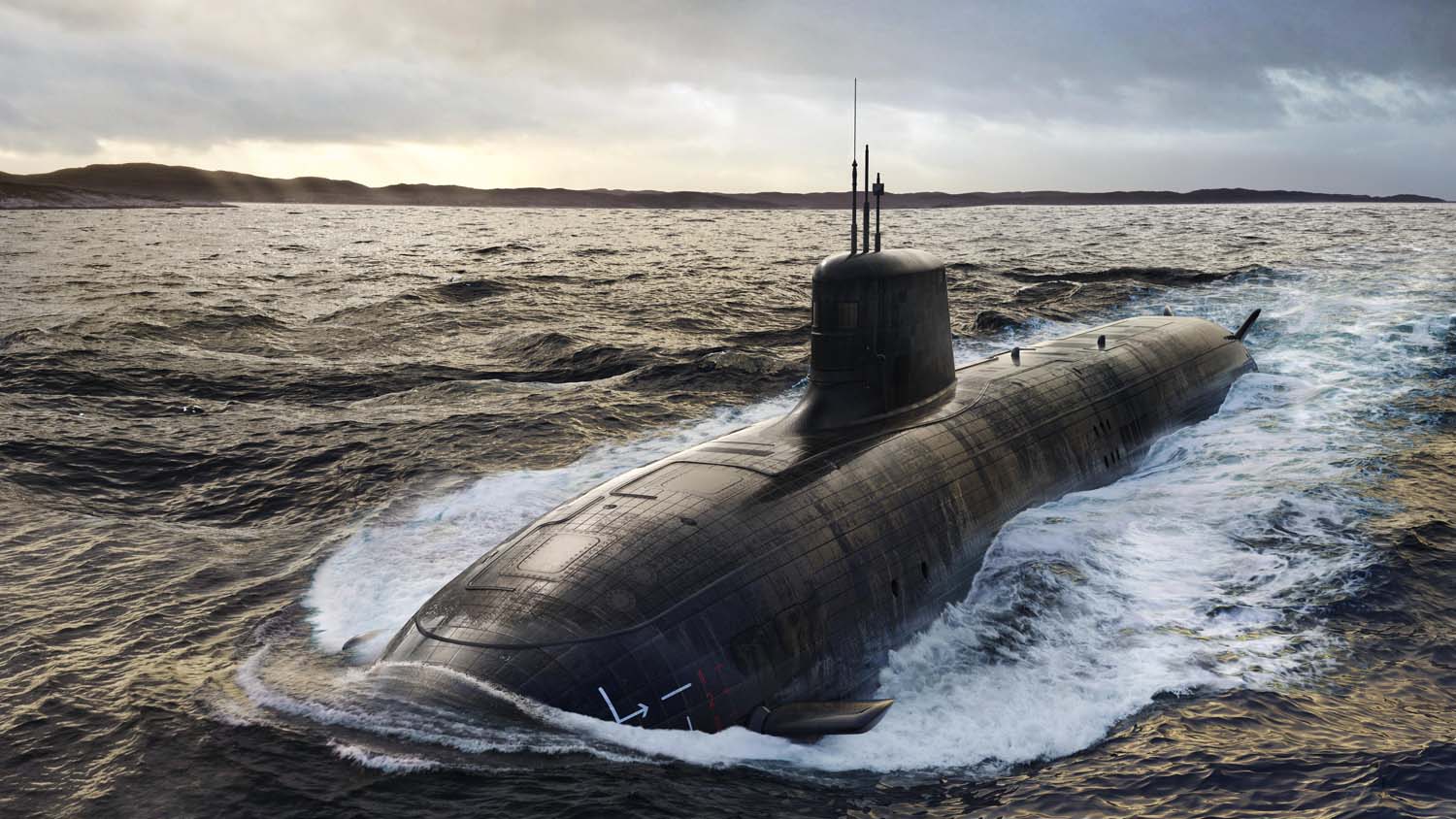
A stillborn agreement treated as thrivingly alive; an understanding celebrated as consensual and equal. The AUKUS security arrangement between Australia, the United Kingdom and the United States, envisaging the transfer and building of nuclear-powered submarines to the Royal Australian Navy, continues operating in haphazard fashion. So far, the stream has flown away from Australia and into the military industrial complexes of the UK and the US, both desperate to keep the production of these absurd boats steady.
Australia has yet to see the fabled white elephants of the sea and remain at the mercy of the US Congress. In the meantime, the country is becoming garrisoned, billeted and appropriated to Washington’s geopolitical vanities. Not being a natural enemy and adversary in any sense, and being the most lucrative trading partner, China has become a fantastically idiotic target for Canberra’s foreign policy dunces.
Announced in September 2021 as “an enhanced trilateral security partnership”, AUKUS has hobbled and stuttered its way into 2025. Commentary from the pompom holders for war at such outlets as The Economist continue with such mild remarks as “ambitious but expensive”. The Australian, armed and eager to do battle in print and digital media against the Yellow Peril, features an article about feeding the military industrial complex by politely calling it “a defence revolution.”
19FortyFive fastens onto the idea that Australia’s naval modernisation is central in this endeavour, though never mentions the obvious beneficiary. (In two words: not Australia.) “Nevertheless, AUKUS allows for a broader integration of technological advances in its partners and much-needed modernization of the Australian navy.”
This optimistic glow, despite the limping, the delays, and the blunders, can also be found in Australian Defence. The military industrial complex never needs concrete reasons to exist. It’s a creature onto itself. “Global firms are partnering with Australian based entities in a bid to position themselves for lucrative AUKUS submarine contracts, despite law reforms needed to progress.”
One of them is the Texas-based Fluor Corporation, an engineering and construction firm proud, in the words of its Australia & New Zealand president, Gillian Cagney, of its “thousand engineers who have nuclear capability.” Cagney, like most chiefs and CEOs in this line of work, is good at saying nothing about nothing in particular. When doing so, the language can be guaranteed a good mauling. “We have that experience and capability that we will be supporting the joint venture to bring to bear and making sure we’re bringing the best in class globally.”
Even then, Cagney concedes that the whole business of nuclear-powered submarines for the RAN, known in military planning circles as “Pillar One”, is dicey. Hardly a reason to panic, as this tortured statement testifies: “One of the things as Worley Fluor Australia we are able to do is in multiple sectors globally is to ramp up to meet our customers needs so it’s no different.”
From the United States Studies Centre, that comfortable, uncritical bastion of Pax Americana, a senior research associate, Alice Nason, is found telling France’s Libération that hiccups are bound to take place when the tasks are large. “In a project of this size, length and complexity of AUKUS, it’s no surprise that disruptions and delays are going to arise.” The truism here is intended to excuse the unpardonable. Why projects of such scale are ever needed is left dangling in ether.
These dreary excuses for justifications dressed up as analysis never hide the fundamental defect of AUKUS. It remains, almost entirely, governed by US domestic and foreign interests. It says almost nothing about Australia’s needs, merely speaking to confected Australian fears. It advances the agenda of insecurity, not security. The analysts, lined up from one row to another, cannot assure anybody about what Congress will do if the submarine supply quota lags, or if there will be a war over that strip of territory known as Taiwan.
No publication, however lovingly disposed to the business of war, can avoid the teasing worries. Even that pro-Washington, and US defence industry funded outlet based in Canberra, the Australian Strategic Policy Institute, has gone so far as to consider a heresy. In December, it ran an article by Peter Briggs, past president of the Submarine Institute of Australia, suggesting that Canberra consider acquiring “at least 12 submarines of the French Suffren design. The current AUKUS plan for eight nuclear-powered attack submarines (SSNs) has always been flawed, and now its risks are piling up.” And so we return to where we began: a Franco-Australian agreement to acquire submarines that was sunk in 2021 by Prime Minister Scott Morrison.
All in all, forget the submarines, Pillar One, or whatever pillar the strategists tie themselves in knots about. Focus, instead, on the second “pillar”. Australia has become captive – aided through its dim bulbed representatives – of an empire that fears growing old, haggard and weak. It has been enlisted as servitor, grounds keeper and nurse. Retirees from the US Navy are being given astronomical sums in consultancy fees to divulge wisdom they do not have on junkets Down Under. Think tankers from Australia purporting to be academics make similar trips to Washington to celebrate a failing agreement with treasonous delight. The price Australia is paying is already savagely burdensome. It may well, in the long run, prove worse.
